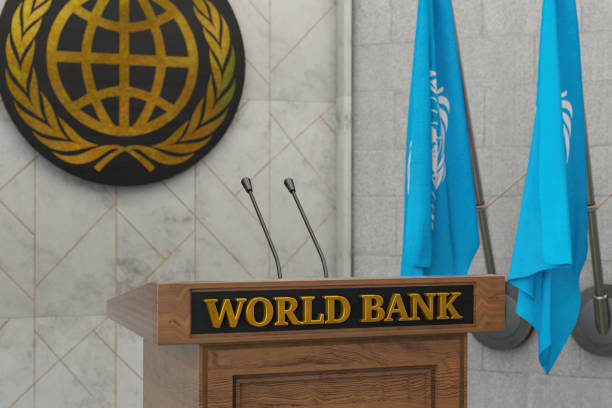The World Bank’s corporate lending arm, the International Finance Corporation (IFC), has completed its first securitisation deal, selling tranches of risk on a $500 million portfolio of loans to private investors. The move is designed to bring in outside capital and help expand the bank’s financial reach at a time when shareholder governments have been cutting back on aid contributions.
World Bank president Ajay Banga told the Financial Times that this step will not be a one-off. He said he intends to “do this on a regular cadence” to attract “large pools of private capital” such as pension funds and insurance companies.
A Response to Shrinking Aid Budgets
The decision comes as some of the World Bank’s biggest shareholders, including the US and UK, have reduced aid funding over the past year. This has increased pressure on the bank to stretch its balance sheet further before asking donors for more capital.
Banga, who previously served as Mastercard’s chief executive, explained that the first collateralised loan obligation (CLO) is part of broader efforts to unlock private capital. Other measures include making more loans available in local currencies and offering more guarantees to encourage investment.
“The [main] purpose is not to reduce the risk on my balance sheet and free up capital,” Banga said. “The greater part of the purpose is to encourage further private sector participation in these markets.”
Growing Investor Interest
The IFC’s first CLO was two years in development and is backed by floating-rate corporate loans denominated in US dollars. According to people familiar with the deal, the most senior tranches are expected to pay a coupon of 1.3 percentage points above the three-month Secured Overnight Financing Rate (SOFR), which currently stands at 4.37 per cent. The offering drew interest from banks, asset managers, and insurance groups.
The loans cover 57 borrowers across emerging markets, with Turkey, Mexico, Brazil, Bangladesh, and Egypt making up just under 42 per cent of the portfolio, according to Moody’s.
Institutional investors such as pension funds have often struggled to find loans in developing countries that are large and diverse enough to be attractive. This has created an opportunity for development banks to aggregate loans and package them for private buyers.
Limits to Securitisation
While corporate lending is now being securitised, loans to governments are unlikely to follow. Banga explained that these loans benefit from the World Bank’s preferred creditor status, making them difficult to slice up for private investors without risking that standing.
However, he suggested that in the future, public-sector loans could potentially be pooled with those from other development banks, provided terms could be standardised.
This new strategy does not replace the need for raising additional capital. Last year, the International Development Association (IDA), the World Bank’s arm for poor countries, secured $24 billion in donor commitments. But Banga stressed the need for realism, noting that Western governments face competing budget pressures, from ageing populations to defence spending.
“I’m not shy of asking for more capital, but I am not someone who believes hope is a strategy,” he said.


